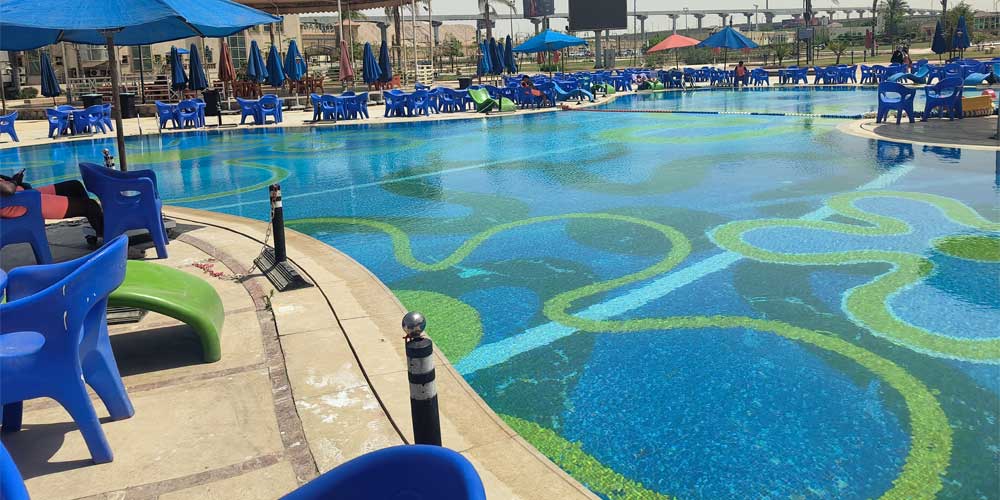Polyaluminum chloride (PAC) is a chemical compound commonly used in swimming pools for water treatment. It is an inorganic polymer coagulant that plays a crucial role in maintaining water quality by effectively removing impurities and contaminants. In this article, we will delve into the uses, benefits, and considerations of using polyaluminum chloride in swimming pools.
Introduction to Polyaluminum Chloride (PAC):
Polyaluminum chloride is a versatile coagulant primarily known for its ability to clarify water by removing suspended particles, colloids, and organic matter. It is a preferred choice for water treatment due to its high efficiency, cost-effectiveness, and ease of application. PAC is available in various forms, including liquid and solid, with different concentrations to suit specific requirements.
Uses in Swimming Pools:
Clarification and Filtration: PAC is used to improve water clarity by aggregating tiny particles and colloids, making them easier to filter out. This process helps maintain a clean and visually appealing pool environment.
Algae Control: PAC aids in controlling algae growth by removing dead or deactivated algae from pool water. This will improve the algaecidal effect of chlorine and algaecide.
Bacteria and Pathogen Removal: By promoting coagulation and sedimentation, it facilitates the removal of these pathogens attached to suspended solids, thus ensuring a safe and sanitary swimming environment.
Benefits of Using Polyaluminum Chloride:
Efficiency: PAC offers high coagulation efficiency, meaning it can quickly aggregate suspended particles and contaminants, leading to faster water clarification.
Cost-Effectiveness: Compared to other coagulants, PAC is relatively economical, making it an attractive option for swimming pool operators looking to manage water treatment costs effectively.
Little impact on pH: Compared with aluminum sulfate, PAC only slightly lowers pH and total alkalinity,. This reduces the number of pH and total alkalinity adjustments and reduces maintenance work.
Versatility: PAC is compatible with various water treatment processes and can be used in conjunction with other chemicals such as chlorine and flocculants to enhance overall water quality.
Safety: When used according to recommended guidelines, PAC is considered safe for swimming pool applications. It does not pose significant health risks to swimmers and is approved for use by regulatory authorities.
Considerations and Guidelines of Polyaluminum Chloride:
Dosage: Proper dosage of PAC is crucial to achieve optimal water treatment results. It is essential to follow manufacturer recommendations and conduct regular water testing to determine the appropriate dosage based on pool size and water quality. Note: When the turbidity of the water is high, the dosage of PAC should also be increased accordingly.
Application Method: It is recommended to dissolve PAC into a solution before adding it. This way should ensure evenly distribution of PAC throughout the pool to maximize effectiveness.
Storage and Handling: PAC should be stored in a cool, dry place away from direct sunlight and moisture. Proper handling practices, including wearing protective equipment such as gloves and goggles, should be followed.
In conclusion, polyaluminum chloride is a valuable tool for maintaining water quality in swimming pools, offering efficient removal of impurities, algae control, and pathogen disinfection. By understanding its uses, benefits, and considerations, pool operators can effectively incorporate PAC into their water treatment practices to ensure a safe and enjoyable swimming experience for all.
Post time: Apr-28-2024

